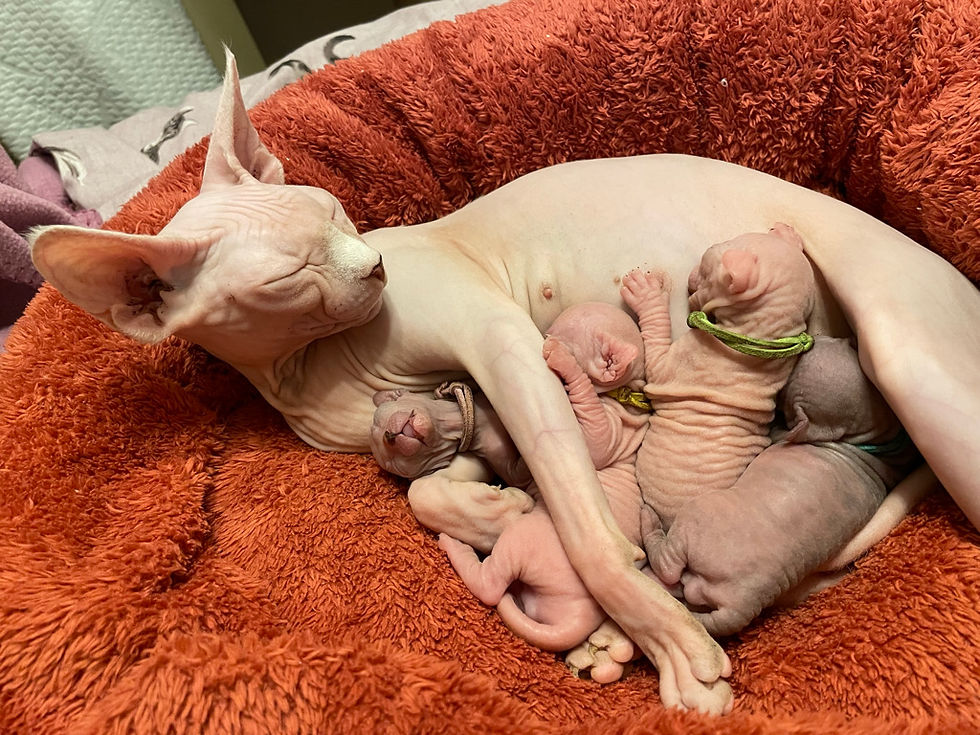Ragdolls
- karenebrooks
- Nov 9, 2019
- 2 min read
Updated: Aug 22, 2020

The Ragdoll is a large cat breed with semi-long hair, a silky coat and blue eyes. They come in three basic patterns - colour point or colour point with white, either bicolour (with an inverted 'V' of white in the mask and white from the chin to the base of the tail on the underside) or mitted (paws 'dipped in milk' with or without a blaze on the nose). Developed by American breeder Ann Baker in the 1960s, they are best known for their relaxed and affectionate nature.
The name Ragdoll comes from the fact that they tend to become floppy when picked up. They are one of the most laid back of all cat breeds, tolerant of most situations, and generally good with children and other animals. There is an old-wives tale that these cats are immune to pain, but this is absolutely untrue. Their relaxed disposition stems from a very trusting nature, not a lack of feeling. This trusting nature means they are at particular risk, especially from traffic, predators, poisons and thieves, if allowed to roam freely outdoors. They should therefore be primarily indoor cats, though ideally with access to a secure garden or catio. Sometimes referred to as 'puppy cats', they are prone to following their owners around the house, known to play fetch, and will often take well to walking on a lead. At the end of the day however, they are cats, and will resort to usual cat behaviour when threatened. Each individual is also exactly that, and their personality will be dependent on their upbringing and experience.
We try to get our kittens used to a variety of foods in their early months, and they will come with a supply of food that they are used to. You are welcome to switch them to a diet of your choice, but it is advisable to introduce new foods gradually to avoid any digestive upsets.
Ragdolls need regular grooming to keep the coat in good condition. When they first come home, they will still have a kitten coat, lighter and less dense than that of an adult cat. We get kittens used to the grooming process before they leave, and this should be continued so that it is quality time with you that they enjoy. The Ragdoll coat has only the one layer, and this is quite easy to comb or brush. If neglected however, knots will build up and it becomes traumatic for the cat and a fight for you to untangle them.
Cats in general can be prone to gum and tooth problems, so it is advisable to have their mouth health checked at least annually. They should be vaccinated against Cat flu (feline herpes virus and feline calicivirus), Feline infectious enteritis and Feline leukaemia virus. Regular flea and worming treatment is also recommended, even if your cat never goes outdoors. The Ragdoll cat breed is associated with an inherited form of heart disease, HCM (hypertrophic cardiomyopathy). This can lead to death from heart failure at an early age. Fortunately there is now a genetic test for this in Ragdolls - all our cats are free from hereditary HCM by parentage or direct testing.




Comments